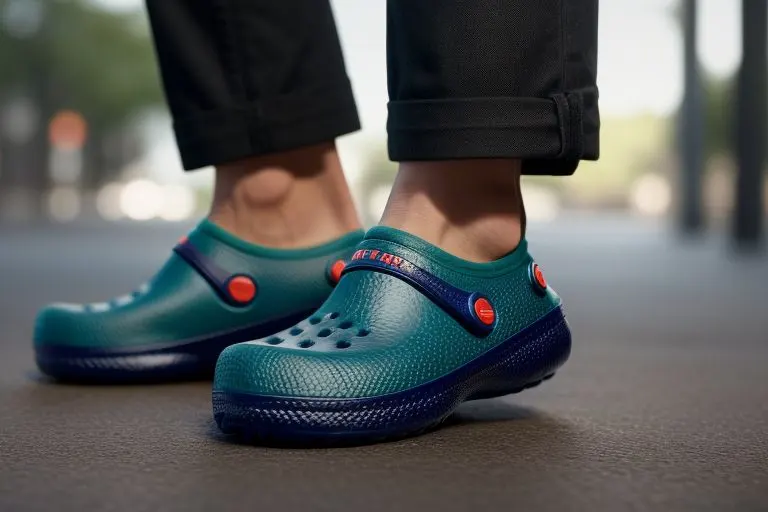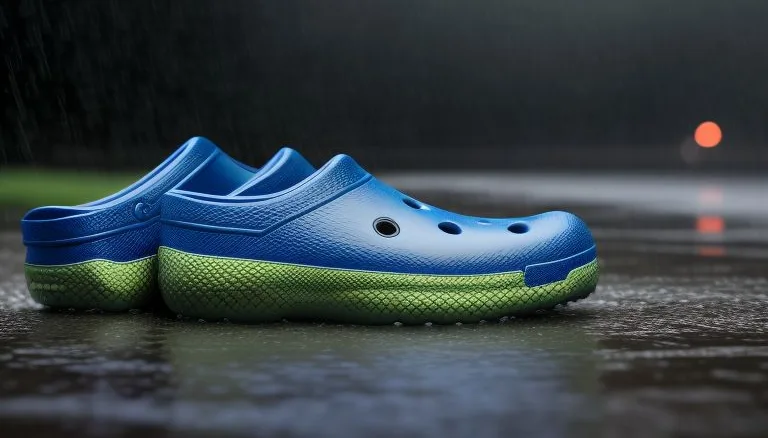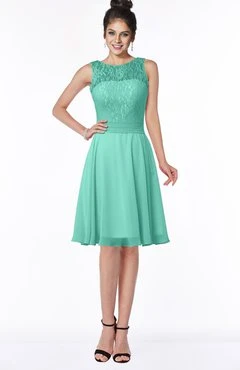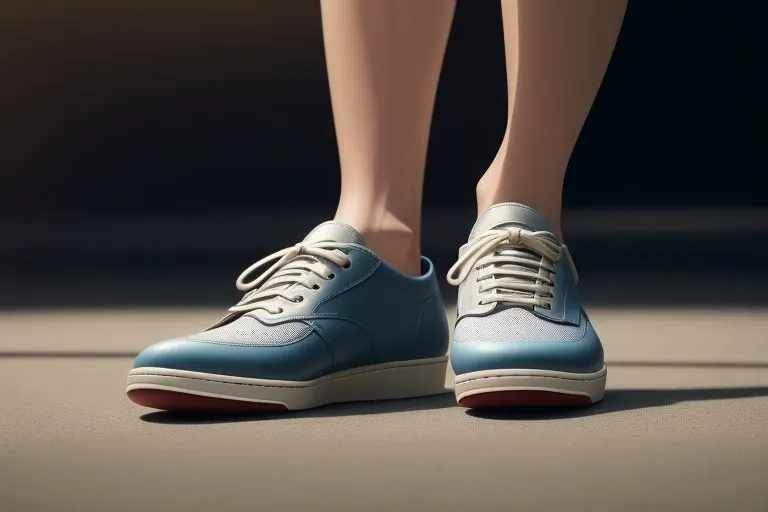Are Crocs Slippery When Wet? A Study of Slip-Resistance
Are Crocs Slippery When Wet? Whether you love or hate them, there’s no denying the popularity and comfort of Crocs. These lightweight, waterproof shoes are a favorite choice for many regarding casual footwear.
However, a question that often arises among consumers is: “Are Crocs slippery when wet?”
This blog post aims to explore this query, delving into the construction of Crocs, the science of slip-resistance, real-world experiences, and tips for ensuring safety while wearing Crocs in wet conditions.
Table of Contents
Are Crocs Slippery When Wet?

While it’s true that no shoe can be 100% slip-proof, Crocs, by design, are made to resist slipping in wet conditions. The primary material used, known as Croslite, coupled with the unique tread pattern on the soles, creates a shoe that’s typically less slippery than other options when wet.
However, it’s important to note that the effectiveness can vary depending on factors like wear and tear on the treads or the nature of the surface you’re traversing.
So, while Crocs do have slip-resistant features, they can still become slippery under certain conditions. Ultimately, while they are generally more slip-resistant than many other casual footwear options, their performance can be influenced by external factors and conditions.
Understanding the Construction of Crocs

The unique construction of Crocs is largely attributed to a special material known as Croslite. This proprietary foam resin is not just responsible for the lightness and comfort that Crocs are known for but it also plays a significant role in providing slip-resistance.
Unlike smooth materials that can contribute to slips and falls, Croslite has a textured nature that aids in establishing a firm grip, especially when paired with the tread patterns found on the underside of these shoes.
This combination of texture and treading works to reduce the risk of slipping on wet surfaces. It’s important to note, though, that while this material is a key factor in the shoes’ performance on damp surfaces, other variables can also come into play and affect slip resistance.
For instance, the wear and tear on the treads or the type of surface you’re walking on can influence the overall grip of your Crocs. Nonetheless, the Croslite material is vital in making Crocs a viable footwear option for wet conditions.
Slip-Resistance: The Science Behind It
The principles of slip-resistance revolve around the concept of friction. Essentially, the higher the friction between the shoe and the ground, the lower the chances of slipping.
Crocs, made from a unique foam-resin material and designed with a tread pattern, generates friction with the ground surface, thus helping to prevent slipping. However, it’s crucial to recognize that total slip-proof performance is unattainable.
Even the most slip-resistant shoes may face challenges on surfaces coated with substances like oil or ice, or under conditions of extreme water saturation.
Therefore, while Crocs can provide substantial slip-resistance, there are external conditions that can affect this performance. Always bear in mind that these factors can influence the friction and therefore the slip-resistance of your shoes, regardless of their inherent design and material.
Real-World Experiences with Crocs in Wet Conditions
Real-life scenarios involving Crocs and wet conditions often serve to confirm their slip-resistant properties. A testament to this is the widespread use of Crocs in professions and activities where wet surfaces are common.
For example, healthcare professionals frequently choose Crocs as their footwear of choice for hospital work. This is largely due to the fact that hospital environments often involve dealing with liquid spills, making the floor potentially slippery.
The ability of Crocs to maintain a firm grip in such situations is crucial to avoid falls and injuries. Beyond the hospital, Crocs have gained traction among beach lovers and water park goers. The shoe’s capacity to perform well on wet surfaces such as pool decks, sandy beaches, or even in shallow water makes them a popular pick for these activities.
Gardeners, too, are no strangers to Crocs, often favoring them for their resilience in damp conditions. These real-world experiences provide a strong case for the slip-resistance of Crocs, reflecting how they hold up in a variety of wet environments.
Tips for Ensuring Safety While Wearing Crocs in Wet Conditions
To increase your safety when wearing Crocs in damp conditions, here are a few simple tips. Firstly, conduct a regular check on the state of your Crocs, focusing particularly on the tread pattern underneath. Like tires on a car, worn-out treads on shoes can lead to decreased grip and increased slipperiness. If you notice significant wear and tear, it might be time to replace your pair.
Secondly, the fit of your Crocs matters. Too big or too small, both can pose a risk as they can lead to tripping or slipping. Ensure your shoes fit snugly, offering ample support and security.
A third tip is to pay attention to the type of surfaces you’re walking on. As mentioned earlier, certain surfaces might decrease the slip-resistance of your Crocs, such as oily or icy surfaces. Whenever possible, avoid these types of slippery surfaces.
Another crucial point is to keep the interior of your Crocs dry. A wet inner sole can make your foot slip inside the shoe, leading to a loss of stability. If your Crocs do get wet inside, try to dry them out as quickly as possible.
Finally, it’s important to remember that safety isn’t solely reliant on your footwear. Regardless of what shoes you’re wearing, a cautious and mindful approach to walking, especially on potentially slippery surfaces, is always beneficial. With these precautions, you can boost the safety of your Crocs in wet conditions.
The Final Verdict on Crocs in the Rain
Drawing all factors together, we can conclude that Crocs generally offer a considerable level of slip-resistance in damp environments due to their distinctive structure and the use of the special Croslite material.
However, it is imperative to understand that even with their unique design, Crocs are not entirely immune to becoming slippery under certain conditions, like on slick, oily floors, or when the treads are significantly worn out. Safety should be a shared responsibility between the footwear and the wearer.
Therefore, while your Crocs play a part in offering slip-resistance, you should also take steps to enhance safety. Regularly check the condition of your shoes, ensure a proper fit, and maintain awareness of your walking surfaces.
Remember, too, to dry your shoes if they get wet inside to avoid slipping within the shoe itself. While Crocs can provide a dependable grip in many wet situations, it is always wise to exercise prudence, particularly when navigating potentially slippery surfaces.
By observing these recommendations and making informed choices, you can optimize the slip-resistance of your Crocs, making them a trusty footwear choice in rainy weather.








